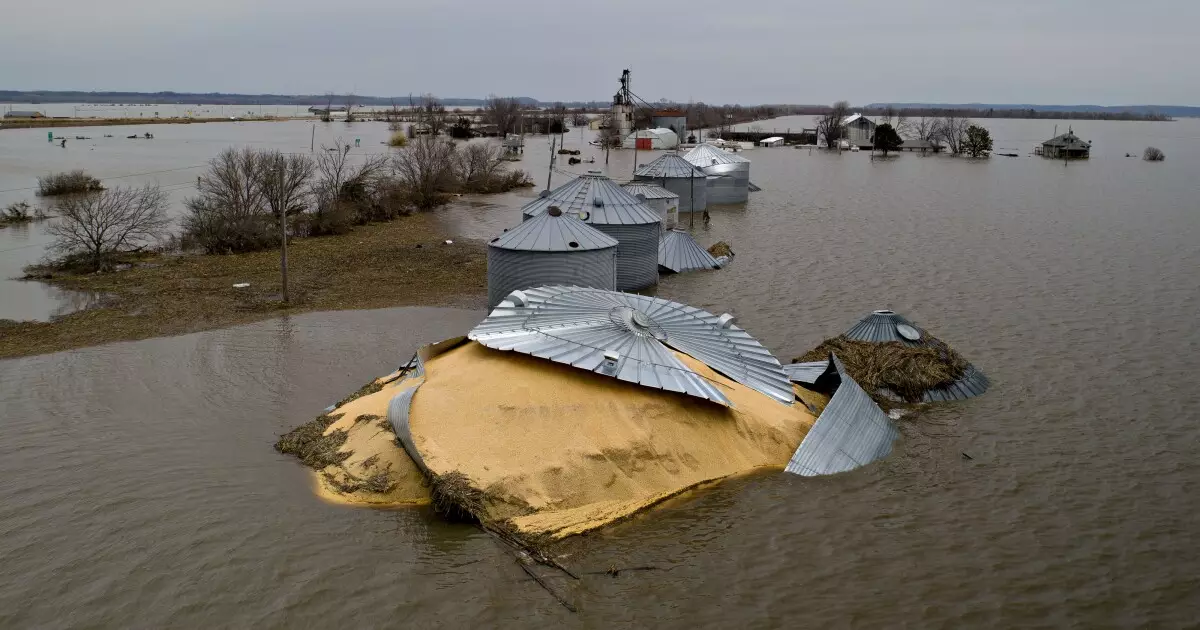The Biden administration recently announced that public infrastructure built with federal emergency funds must adhere to stricter flood-risk standards to mitigate against the increasing threat posed by climate change. This new standard requires buildings and infrastructure constructed using Federal Emergency Management Agency (FEMA) funds to be elevated above local flood levels or relocated to safer areas. The goal is to combat the heightened flood risk exacerbated by climate change, particularly with regards to sea-level rise.
Over the years, FEMA has spent billions of dollars restoring infrastructure damaged by floods and other related events. The finalized Federal Flood Risk Management Standard will now consider the best available science to make projects and communities more resilient to escalating flood conditions. This marks the first federal agency to mandate that infrastructure funded by federal dollars be designed with future climate risks in mind. The new standard will account for current, foreseeable, and future flood threats to ensure a more proactive approach to rebuilding after disasters.
Financial Implications and Long-Term Benefits
While implementing the new standard may increase project costs initially, it is projected to save money in the long run. Incorporating two feet of elevation into new building designs, on average, adds 1.91% to the project cost. Prior to this standard, FEMA required non-critical projects to be protected against a 100-year flood risk and critical projects to be safeguarded against a 500-year flood. However, the new standard enhances flood elevation and widens the floodplain to reflect future flood risk, ultimately increasing the resilience of infrastructure.
In addition to elevating structures above flood levels, the new standard also encourages projects located in floodplains or wetlands to utilize natural features and nature-based approaches whenever possible. This strategy aims to preserve the beneficial functions of floodplains and wetlands while enhancing the overall resilience of the infrastructure. By taking proactive measures to increase resilience before disaster strikes, lives, property, critical infrastructure, and taxpayer money can be saved.
Challenges and Funding Barriers
Despite the importance of implementing stricter flood-risk standards, many local governments face challenges when it comes to securing funding for resilient infrastructure. A survey conducted by the National League of Cities revealed that only 24% of responding municipalities are currently utilizing climate data in their capital planning. This highlights the need for increased awareness and investment in climate-resilient infrastructure to effectively combat the growing threats posed by climate change-driven disasters.
The Biden administration’s new flood-risk standards for public infrastructure represent a crucial step towards building more resilient communities in the face of climate change. By prioritizing future flood risks in infrastructure design and construction, the nation can better prepare for and mitigate the impacts of extreme weather events. It is imperative for both federal agencies and local governments to work together to adopt and implement these stricter standards to safeguard lives, property, and critical infrastructure from the growing threats of climate change.

